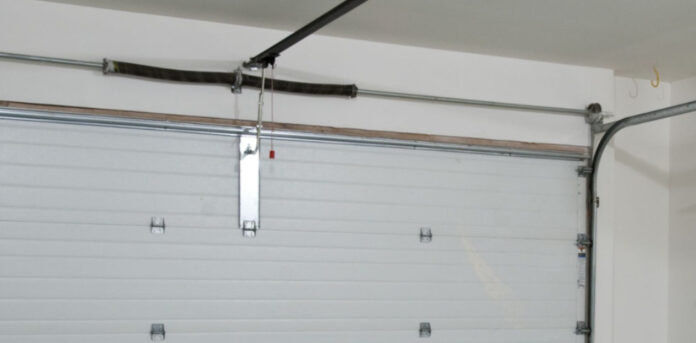Extension and torsion springs are the two most common types of garage door springs used in installation and operation. Garage door springs provide the tension required to smooth the opening and closing of your garage door springs. Torsion and extension springs are the two types of garage door springs.
Torsion springs are normally installed horizontally on the wall just above the door. Extension springs are attached to the tracks on both sides of the garage door. Here’s an explanation of how each of the garage door springs serves a distinct purpose, performs a different function, and has a different cost.
Spring Torsion
Torsion springs are the most prevalent type of garage door spring. Torsion springs require torque to execute their purpose, whereas extension springs stretch. These springs are more durable and endure longer than other types. Torque is a rotating force caused by twisting.
As a result, once the force of such a garage door opening and shutting (by hand or motor) is exerted, the coil twists & coils on the shaft. Torsion springs are available in various lengths and diameters, with the spring you select decided mostly by the size and operating dimensions of something like the garage door.
Spring Extensions
Extension springs are typically found on each side of something like the garage door on the higher, horizontal tracks. These are typically utilized when there is insufficient headroom to deploy rear torsion springs. The springs are being extended to create a counterweight that supports the garage door when it is opened.
The force on extension springs increases as the door is opened (the springs are stretched). Safety precautions must be included in installation with this much force on these heavily loaded garage springs. Each extension spring, in this case, is connected to a safety cable. If there is a problem and the spring breaks off, the safety cord prevents something from discharging freely, which can be dangerous.
Extension versus Torsion: Which Garage Door Springs Is Superior?
Both kinds of springs are subjected to immense force and coil or boomerang in their unique manner. This suggests every one of these garage door springs should always be adequately maintained. Extension springs are less expensive and are commonly employed in household applications.
Many builders employ them in current home development since they are less expensive. They are practical and, in the end, cost-effective. While the upfront cost is minimal, the life of an extension spring is substantially shorter than that of a torsion spring.
Conclusion
The tension produced by the springs on your garage door makes it possible for you to easily open but instead close the door. Torsion springs, as well as extension springs, are the two primary varieties of the garage door springs that are available. Extension springs are also available. A torsion spring is often mounted in a horizontal orientation on the wall above the door in its normal location. Extension springs are attached to the track along each door’s edges, similar to how they are on a garage door.







